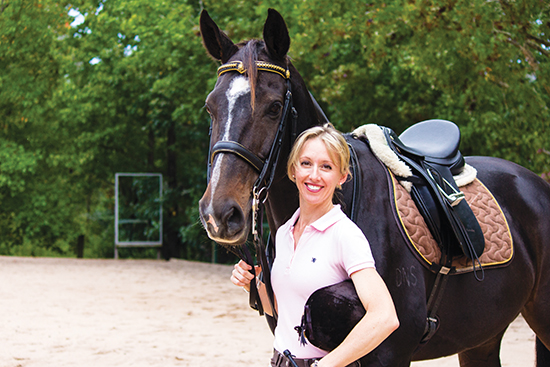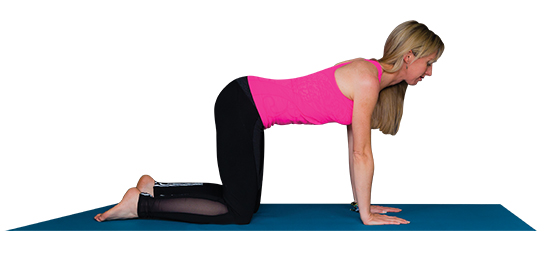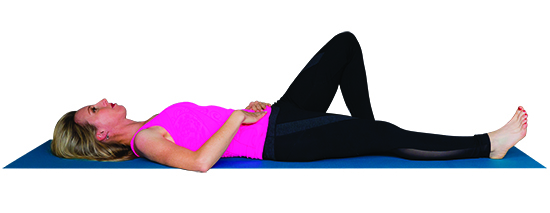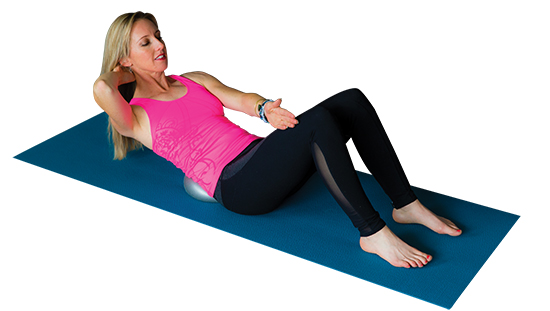 Rebecca Ashton is a Qualified Pilates Instructor (UK CYQ Level 3), and a BHS Trained and EA Accredited Dressage Coach (Level 1).
Rebecca Ashton is a Qualified Pilates Instructor (UK CYQ Level 3), and a BHS Trained and EA Accredited Dressage Coach (Level 1).
We hear a lot about rider fitness these days, but do we really need to do any extra work aside from riding our horse?
To control your horse, first you must be able to control yourself. Your body must be well organised and effective to not only give clear, precise aids, but also to provide an easier load for your horse to carry. This is achieved by good posture and coordination which influences balance, stability and the suppleness of the body.
There is no one in the world who has perfect alignment. This can be an extra challenge if you have sustained certain injuries. We need to be aware of our misalignments and be able to overcome them. This can be very hard, both physically and mentally while on a moving animal. This is why it can be helpful to work off the horse, to realign the body and improve body awareness before we hop into the saddle.
It is even beneficial to elite riders who work a number of horses a day. Repetitive use of muscles can lead to locked joints and muscle blockages. I find even though top level riders might be strong, there is often imbalance in this strength. You hear of even the best suffering back pain or joint stiffness.
Although we can look to other sports for inspiration and ideas, it is important that we fitten ourselves for our specific sport. We know dressage requires good postural strength. You want to create a framework (your skeleton) for your horse to mould himself around. We need to be strong enough to hold our framework together, but not stiff and tight. This is the job of our deep, postural (local, stabilizing) muscles which are also endurance muscles, as opposed to our large, top layer (global, mobilizing) muscles. This allows us to have more influence on our horse from a quieter place, last longer, use the least amount of muscles necessary and not clamp on with our hands or legs for balance and security.
When we look at rider position, I like to start with the core. This word gets bandied around quite a bit, but do people really know what it means? The core muscles are a box of muscles which support the pelvis. They include the tranversus abdominis, pelvic floor, internal obliques, diaphragm and multifidis. (DIAGRAM) It’s fine just to think of the pelvic floor and transversus muscles. These muscles help to hold the pelvis still, which is the foundation for our spine and also our legs. It is the base from which we can maintain a neutral spine, with its correct, natural curvature, essential for stability and shock absorption.
Here are two exercises which will help you find the core and test whether you can keep it engaged as you move: 
Finding The Core
– Lie on your back with your knees bent and feet flat on the floor. Have your feet and knees hip width and a neutral spine, ribs relaxed into the ground and shoulders gently drawn down your back. Look up to the ceiling with a relaxed, long neck
– Stick your two index fingers into the low abdominals and try to pull the transverse away from your fingers without engaging your upper abs. You should feel a hardening of the muscle under the fingers. It is quite an isolated movement. Imagery to use would be of gently tightening a hipster belt or lifting up of a pelvic elevator.
– If the core still feel elusive, kneel on all fours and lift your tummy up to your spine without any movement in the back.

TESTING
Leg Slides
From your initial position, slide one leg out straight on an out breath. Breathe in and return the leg to the start position. Repeat with the other leg. Feel that the whole time you are moving your leg, your core remains “switched on”
ADVANCED
Overball
If this work is already familiar to you and you would like a bigger challenge, grab an overball! Pop the ball under your lower back and lean backwards with one hand under your head to support your neck and one hand across your body. Now, try to squash the ball by pressing your abs down to the ball. Your upper body will come up a bit, but this is not the actual aim. If you’re not burning after three, you’re not doing it right! Remember…it’s a very small movement, do not let it go into your back and lean on your elbows for extra support if need be.
Would you like to read more of Rebecca’s articles? Go to:
